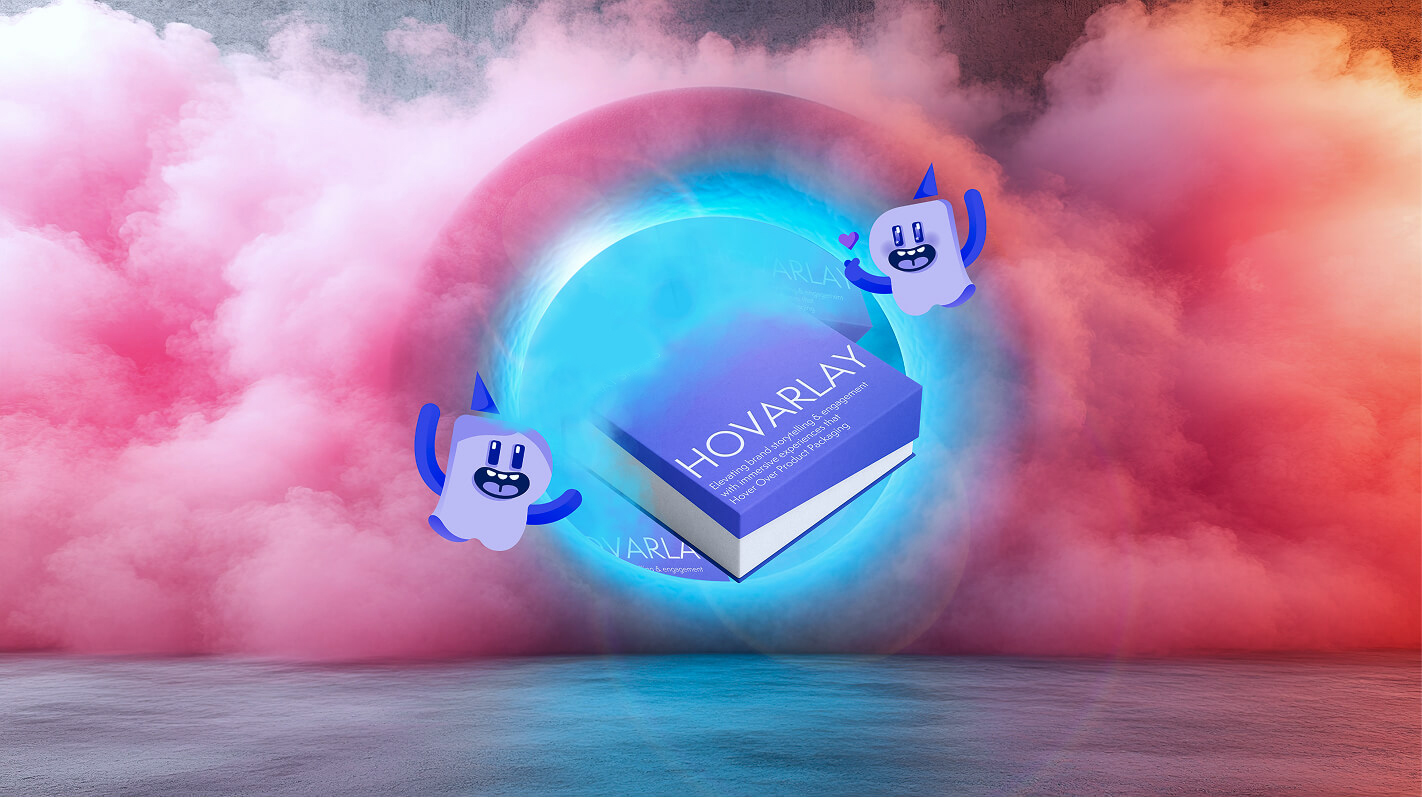On this page
Top Sustainable Packaging Trends Transforming the Future of Packaging

Start sharing your brand story with HOVARLAY
The rise of eco-conscious consumers has reshaped how businesses approach product packaging. Sustainable packaging has become more than a trend; it’s a necessity. By adopting environmentally friendly practices, businesses can reduce waste, conserve resources, and resonate with their audience. This article explores the top sustainable packaging innovations driving change and highlights how they contribute to a greener future.
What is Sustainable Packaging?
Sustainable packaging refers to materials and designs that minimise environmental impact throughout their lifecycle. This includes sourcing renewable or recycled materials, reducing waste during production, and ensuring packaging can be reused, recycled, or composted after use.
As the demand for eco-friendly options grows, businesses are finding innovative ways to integrate sustainability into their packaging.
Top Sustainable Packaging Innovations
- Biodegradable and Compostable Packaging
Biodegradable materials decompose naturally, leaving no harmful residue. Compostable packaging goes a step further, enriching the soil when decomposed under specific conditions. Examples include plant-based plastics, cornstarch packaging, and mushroom-based materials.
- Recycled and Recyclable Materials
Packaging made from recycled content or materials that can be recycled reduces waste and conserves resources. For example, recycled cardboard, aluminium, and glass are widely used in sustainable packaging solutions.
- Minimalist Packaging Design
Less is more when it comes to sustainable design. Minimalist packaging eliminates unnecessary materials, focusing on functionality and simplicity. It reduces waste while also lowering production and transportation costs.
- Reusable Packaging Solutions
Reusable packaging, such as glass jars, metal tins, or cloth bags, encourages consumers to reduce waste. Brands can also implement return-and-refill programmes to ensure packaging stays in circulation.
- Edible Packaging
Innovations like edible packaging, made from materials such as seaweed or rice paper, offer unique ways to minimise waste. This solution is especially popular in the food industry.
- Smart Packaging Technology
Integrating digital tools like QR codes or NFC tags into sustainable packaging reduces printed materials while enhancing engagement. Consumers can scan codes to access product information, usage instructions, or recycling guidance.
- Plant-Based Plastics
Derived from renewable sources like corn, sugarcane, or algae, plant-based plastics offer an eco-friendly alternative to traditional petroleum-based plastics.
- Lightweight Packaging
Reducing packaging weight helps lower transportation emissions and costs, making it a win-win for businesses and the environment.
- Innovative Material Alternatives
Materials like bamboo, hemp, or wheat straw are being used to create durable, sustainable packaging. These renewable resources are biodegradable and require fewer resources to produce.
- Water-Soluble Packaging
Water-soluble films and sachets dissolve in water, offering a unique, waste-free solution for products like detergents or single-serve beverages.
Benefits of Adopting Sustainable Packaging
- Environmental Impact
Reduces waste, conserves resources, and mitigates the environmental harm caused by traditional materials like plastic. - Consumer Appeal
Modern consumers prefer brands that prioritise sustainability, leading to increased loyalty and positive brand perception. - Regulatory Compliance
Many governments are enforcing stricter waste management and sustainability regulations, making sustainable packaging a necessity for businesses. - Cost Efficiency
While initial investments may be higher, sustainable packaging often results in long-term savings through reduced material use and improved supply chain efficiency. - Market Differentiation
Adopting sustainable practices sets brands apart as leaders in their industries, appealing to eco-conscious audiences.
Challenges in Implementing Sustainable Packaging
- Higher Initial Costs
Developing and sourcing sustainable materials can be more expensive than traditional options. - Supply Chain Limitations
Not all suppliers offer sustainable materials, and scaling production can be challenging. - Balancing Durability with Sustainability
Ensuring that sustainable materials meet performance requirements while minimising environmental impact requires careful consideration. - Consumer Education
Encouraging consumers to properly recycle or compost packaging is essential for achieving sustainability goals.
Sustainable Packaging and Technology
Technology plays a vital role in advancing sustainable packaging. Augmented reality (AR), for example, enhances the functionality of eco-friendly designs. By incorporating AR features, brands can:
- Eliminate Printed Materials: Replace physical manuals and labels with digital content.
- Increase Consumer Engagement: Offer interactive storytelling, product information, or tutorials.
- Enhance Transparency: Provide details on materials, sourcing, and disposal practices.
How HOVARLAY Supports Sustainable Packaging
HOVARLAY combines cutting-edge augmented reality technology with sustainable packaging solutions to help brands stand out. By embedding AR experiences into packaging, HOVARLAY enables businesses to:
- Educate consumers on sustainability through interactive content.
- Replace printed materials with digital experiences, reducing waste.
- Elevate customer engagement and loyalty with innovative storytelling.
As a leader in AR innovation, HOVARLAY is committed to helping brands adopt eco-friendly practices without compromising creativity or functionality.
Conclusion
Sustainable packaging is no longer optional—it’s a responsibility for businesses aiming to thrive in a competitive, eco-conscious market. By adopting the top sustainable packaging innovations, brands can reduce their environmental footprint, resonate with modern consumers, and future-proof their operations.
With HOVARLAY’s expertise in AR and interactive design, brands can take their sustainability efforts to the next level, delivering both impactful storytelling and environmental responsibility. Let HOVARLAY guide you towards a greener, more engaging future.








